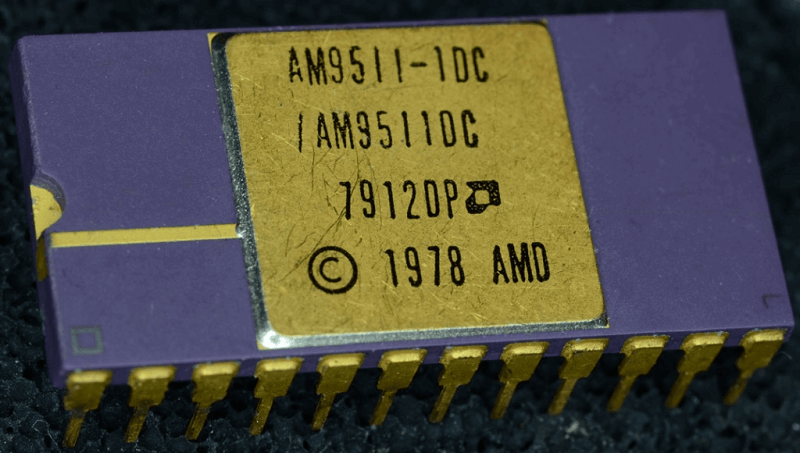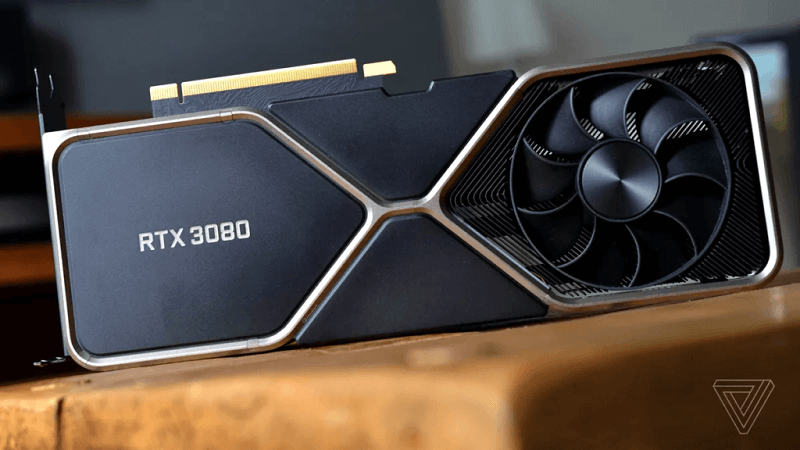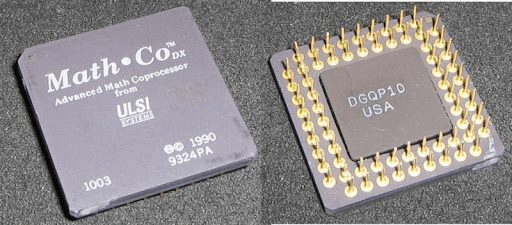A Co-processor is a supplementary computer processor that works with the computer’s main processor (the CPU or the Central Processing Unit) side by side. some of the more difficult tasks such as displaying the graphics on the screen or doing mathematical calculations are taken care of by the Coprocessor. The various operations that can be performed by your professor are floating-point arithmetic, signal processing, string processing, input-output interfacing, graphics, or even cryptography.
These things lighten the workload of the main processor so that the main processor can focus on the work of directing and keeping the order of the whole system. the main purpose of the installation of a Coprocessor introduction of the computer CPU’s burden which makes it freer for doing more general duties like the transferring of data and also handling of multiple tasks. The coprocessor greatly helps in customizing the computers as per the needs of the customer so that if they want extra performance they do not have to break the bank for it.
EXAMPLES OF CO-PROCESSORS
If you take the example of mathematical co-processors, they are specialized in taking the job of calculating the numbers much faster than the main processor of the computer. Thus if you are writing any program that includes many complex mathematical calculations then adding a mathematical Co-processor to the system can increase your computing speed remarkably. There also exist video co-processors that can speed up the display of the graphics to the screen. The video co-processors are helpful and adding them to your main board can help in speeding up the system more than a faster main processor.
HISTORY OF CO-PROCESSORS
To make the best use of the Mainframe computer processor’s time, tasks such as input and output were assigned to Channel I/O that was a separate system. doing this, the mainframe computer had no requirement to get involved in any input or output process at all. the mainframe computers just had to set the parameters if it wanted to put operation and then it would have to send the signal to the channel processor for carrying out this task. Just by allocating different tasks to different sub-processors, The performance of the overall system was improved.

During the 1970s, the coprocessor that was meant for doing floating-point arithmetic was first released on desktop computers. After that, it became a common thing in all computers afterward. Mathematical coprocessors were commonly purchased by CAD software users and for scientific and engineering calculations. examples of the earliest floating-point coprocessors are the AMD 9511, Intel 8231 / 8232, and Weitek FPUs.
With the development of the microprocessors, floating-point arithmetic functions began to cost less to be integrated into the main processor. with the high processing speeds, it also began to become more difficult to implement Coprocessors to the main processor. Thus the separately packaged mathematical coprocessors had a decline. However, the demand for dedicated graphics coprocessors has been in growing demand since the last decade. This is since there is an ever increasing demand for graphics in computer games and as time goes by the graphics in computer games keeps on getting better and better.
MODERN DAY CO-PROCESSORS:
Since 2001, a particular type of core processor i.e., the dedicated Graphics Processing Units that were in the form of graphics cards became very common. We will show a time when a few models were equipped with processes that were dedicated to providing digital multi-channel mixing, a very effective DSP that dated back to the early 1990s. In the year 2006, it was announced by AGEIA that they were introducing a card for computers that was an add-in and it was called the PhysX PPU. It was designed in a way that it can perform physics computations in a computer that was complex. Although designed especially for video games, it was so effective that many other mathematical applications could have been developed for the PhysX PPU. Nvidia bought the company in the year 2008 and the line of the PhysX cards was phased out.

Instead, they integrated the functionality of the PhysX card in their GPU through software. This allowed the GPUs by Nvidia to render the PhysX on the cores that were previously only used for graphics processing. For this purpose, the Nvidia PhysX software was made and used. Throughout the years we saw many breakthrough technologies in the field of coprocessors. The development of coprocessors in 2016 that were aimed at increasing vision and other cognitive tasks for the neural networks is one such technology worth mentioning. From 2018, we started seeing such artificial intelligence chips in the smartphones of Apple and several other Android companies.
CONCLUSION
As time goes by, the CPUs keep growing at a fast pace, so much so that they have already absorbed the functionality of most of the co-processors and thus rendering them pretty useless now. The FPUs have eventually become a very important part of the main pipeline of any processor. For example, the SIMD units now give a great acceleration to multimedia and have already taken over the need for many of the DSP accelerators that existed out there. Even the graphical co-processors (the GPUs) are becoming integrated with the CPUs. But regardless of all these, fact remains that the specialised co processing units are even popular today apart from the desktop. Because of the additional power that they provide, they keep growing and evolving which is completely independent of the main processor.
